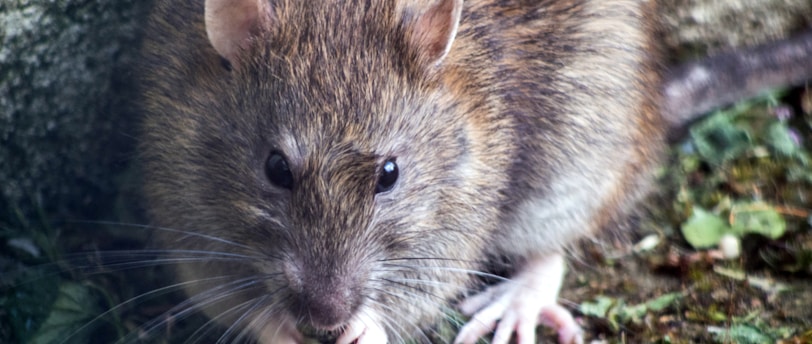Ultimate Guide to Pest-Proofing Your Home
Learn how to prevent infestations by following a comprehensive checklist to make your home less attractive to pests. Consistent effort and attention to detail are key to pest-proofing your home.
9/2/20242 min read


Introduction to Pest-Proofing
Maintaining a pest-free home is essential for both health and comfort. Pests can cause damage to property, contaminate food, and even pose health risks. By implementing preventive measures, you can make your home less inviting to these unwelcome guests. This guide provides a comprehensive checklist to help you pest-proof your home effectively.
Seal Entry Points
The first step in pest-proofing your home is to seal any potential entry points. Common entry points include gaps around windows, doors, and utility lines. Use weatherstripping, caulk, or expandable foam to seal these gaps. Additionally, install door sweeps on exterior doors to prevent pests from crawling underneath.
Maintain Cleanliness
Pests are attracted to food and water sources, so maintaining a clean home is crucial. Ensure that food is stored in airtight containers, and clean up spills and crumbs promptly. Regularly take out the trash and keep garbage bins tightly sealed. Don't forget to clean under appliances and furniture, as these areas can also harbor food particles and attract pests.
Manage Moisture Levels
Many pests, such as cockroaches and termites, thrive in moist environments. Fix any leaks in pipes, faucets, and roofs to reduce moisture levels in your home. Use dehumidifiers in damp areas like basements and attics, and ensure that your home has proper ventilation to prevent condensation buildup.
Outdoor Pest Control
Prevent pests from entering your home by addressing outdoor areas. Keep your yard well-maintained by trimming bushes and trees away from the house. Remove any standing water, which can serve as a breeding ground for insects. Store firewood and other materials away from the house, as these can provide shelter for pests.
Regular Inspections
Conduct regular inspections of your home to identify any signs of pest activity. Look for droppings, nests, and damage to wood or fabric. Early detection can help you address pest issues before they become severe. Consider hiring a professional pest control service for thorough inspections and treatments if necessary.
Conclusion
Pest-proofing your home requires consistent effort and attention to detail. By following a comprehensive checklist, you can make your home less attractive to pests and prevent infestations. Prevention is more effective and less costly than dealing with a full-blown pest problem. Sharpshooter Pest Control offers top-notch, preventive pest control services for homes and businesses. Our experienced team provides customized plans to keep insects, rodents, and other pests at bay. Contact us today to schedule your preventive pest control services and ensure your property remains pest-free.
Professional
Locally owned and operated pest control services you can trust.
Reliable
Affordable
432-227-2525
© 2024. All rights reserved.
